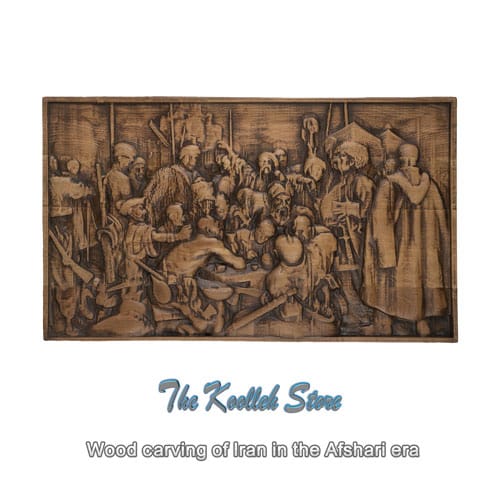Wood carving of Iran in the Afshari era

The art of carving in Iran during the Afshari period was as severe as in the late Safavid period, and the abundant presence of color and painting in architecture can be considered one of the reasons for the decline of this art. Nader Shah Afshar, who spent most of his time in the service of opening the country, did not have the opportunity to take care of art and artists, and this caused a significant effect, especially in the field of woodcarving, not to remain in his time. It was the late Safavid era; During this period, the workshops were mostly private and small, and the prosperity of the royal workshops that existed in the first half of the Safavid era was no longer in this period.
Mohammad Hassan Zaki writes about the decline of the art of woodcarving in this period: “The mining industry is no longer degrading and degrading.”
Yes, indeed, one of the factors in the decline of inlaid art is the widespread use of color, which has received much attention in some periods. Derek Hill and Olek Graber’s book, Islamic Architecture and Decorations, attributes the use of color in inscriptions and designs used in architecture to building and decorative elements, and emphasizes some parts of the building by decoration. He considers its history to be equal to the 5th of AH in Damghan and Maragheh in the early 11th century AD and considers it a permanent feature in Islamic architecture that has been the source of that country of Iran. Such paintings on wooden works include the pulpit of the Bavanat Fars Grand Mosque from the 8th century AH and some of the inlaid doors of the Safavid era and beyond.






